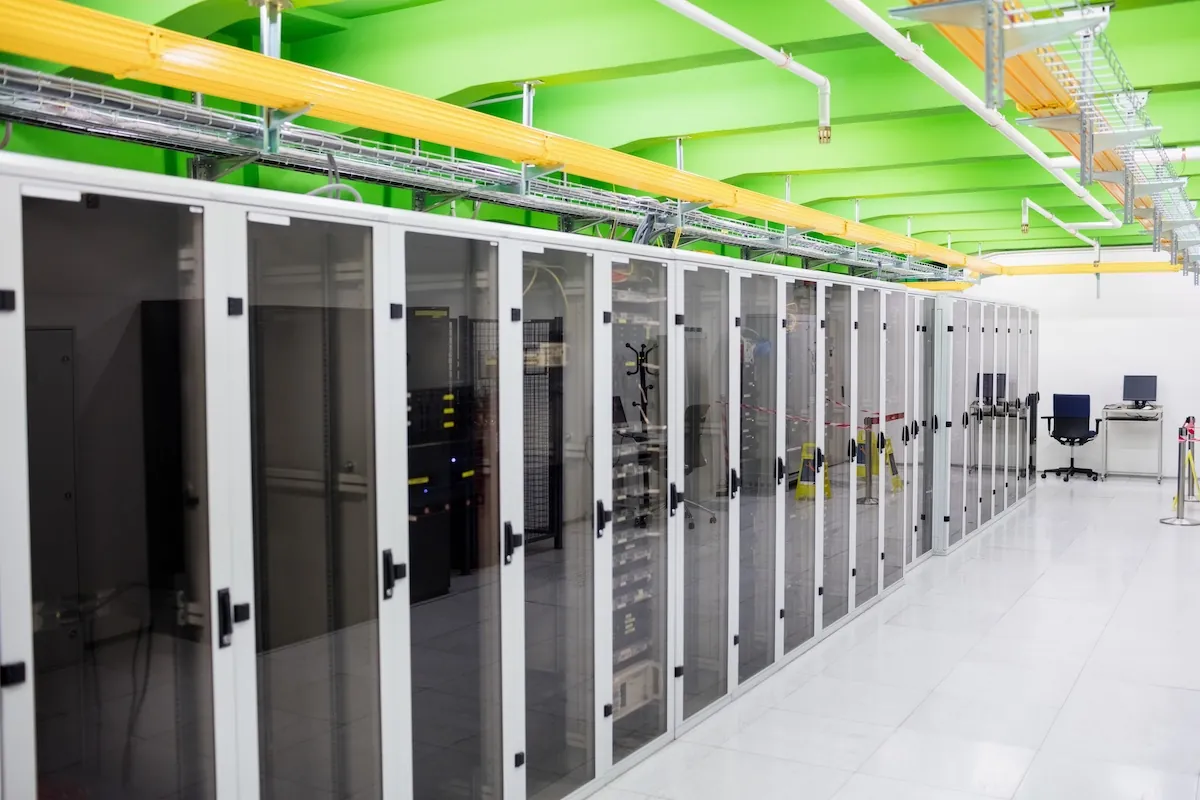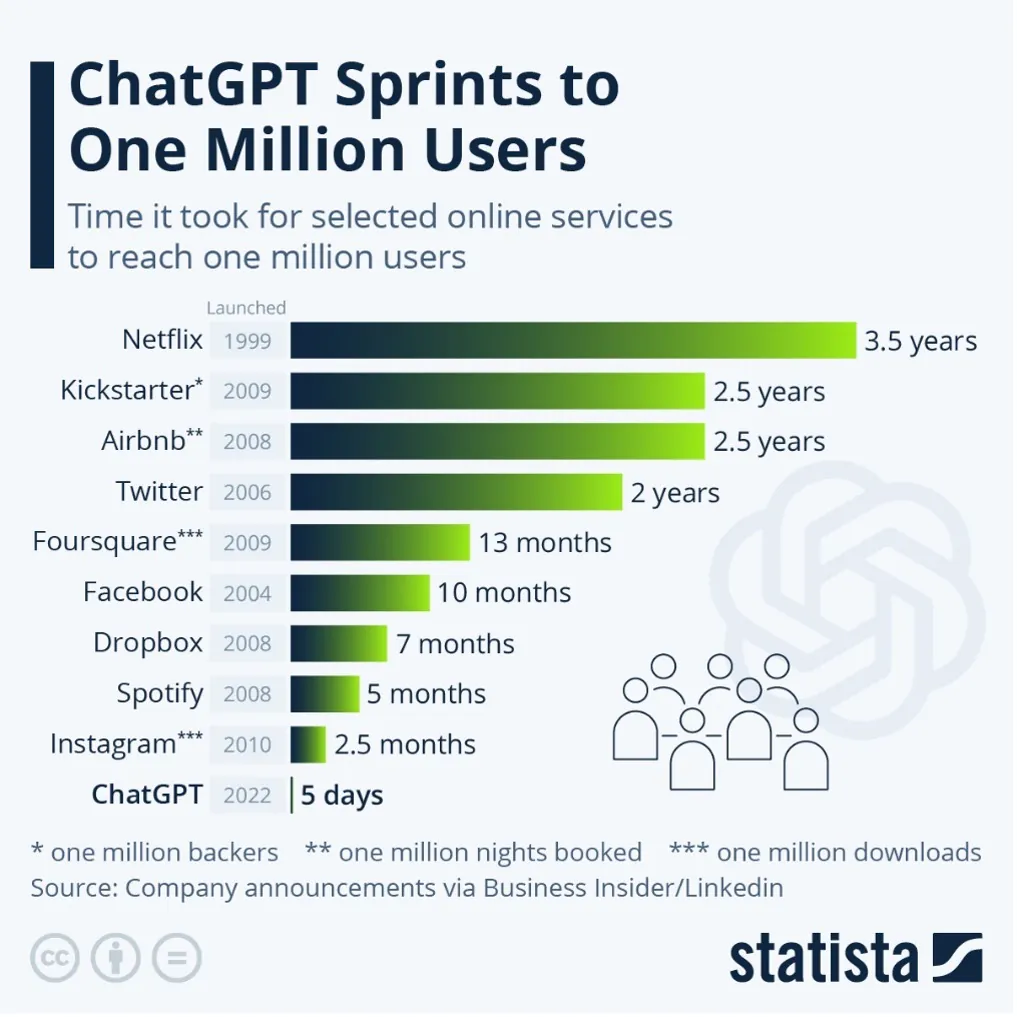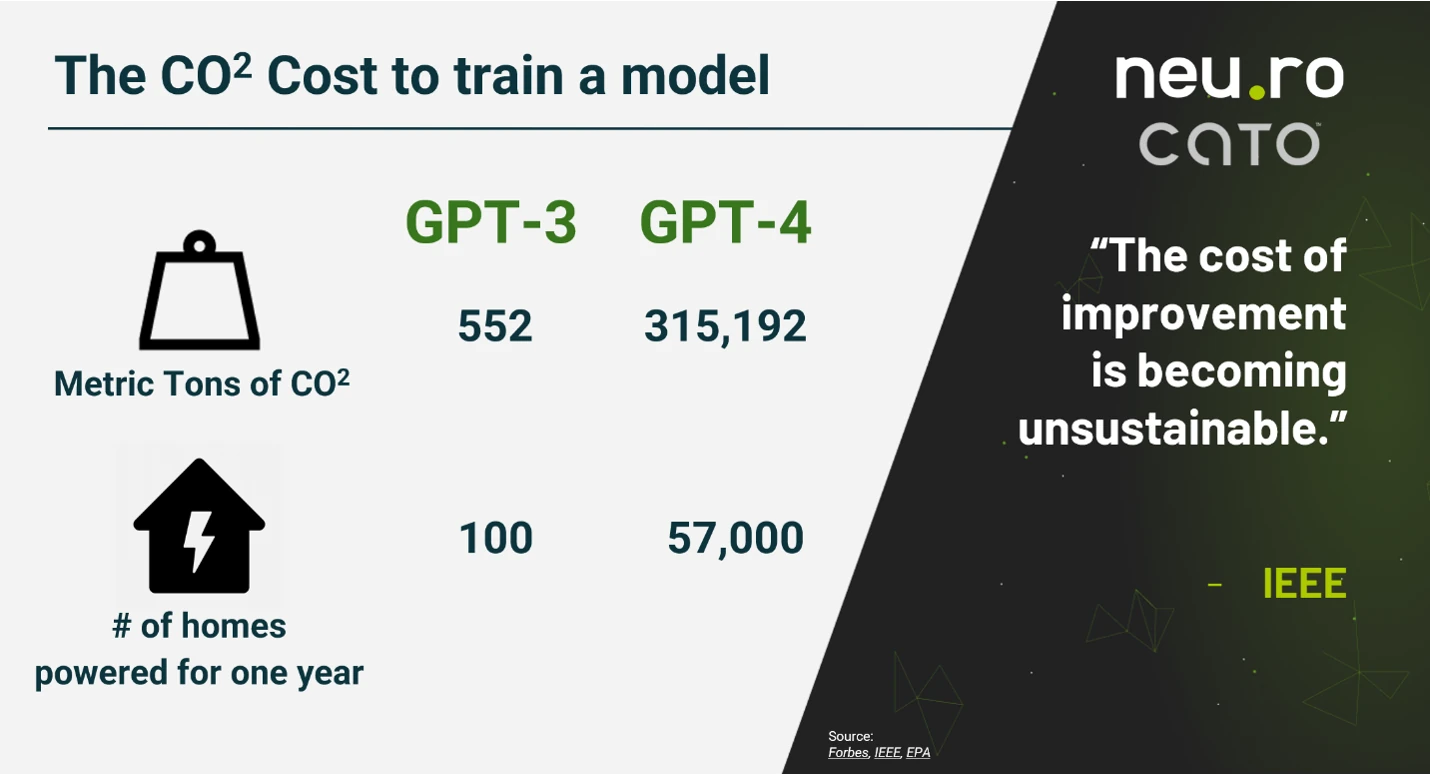Data Center Sustainability: A Priority, or Just PR?21 min read

I just returned from the 2023 iMasons Member Summit and Advisory Council Meeting, and you can be sure that sustainability was a key topic. I promise I’ll update you on some outcomes and essential talking points.
Before we dive in, I want to focus on the topic of the title above. Whenever something new comes into this industry, there’s almost always a contrarian viewpoint or argument. In this case, it was the introduction of a new acronym, ESG. Some people loved it; others felt pressured into another standard or compliance metric.
Follow me for just a second… Let’s forget these new marketing terms, analyst reports, and media posts. At the core of this entire conversation is a direct question:
Is building sustainable infrastructure the right thing to do?
It might not be necessary to you, or it might not be something you are focusing on right now. But do you feel that focusing on sustainability is vital in our life? I hope that the majority of you reading this said yes.
Because it is crucial and it is the right thing to do.
With this in mind, even dissenting voices agree that, in some capacity, creating a more sustainable digital platform is essential for all of leveraging a connected economy. We may continue to disagree on how we get there, but we must all agree that it is critical to accomplish.
A part of the transformation is a deeper understanding of how sustainability impacts your business
The good news is that many organizations clearly understand their sustainability journey. Efficiency, modernization, and green solutions go hand-in-hand. However, too often, ensuring that your design is green or sustainable is left until the end of an architectural discussion. Going green isn’t only good for the environment; it’s also great for business. There have already been numerous studies indicating that going green and efficiently using energy is excellent for the company. For example, a recent study shows that S&P 500 organizations with sustainability initiatives and technologies built into their overall strategy will outperform those without. According to the report, these organizations see an 18% higher ROI because of how efficiently they manage and plan for climate change and energy utilization.
“You will perform better financially by doing things like having a great sustainability program.” – Jeffrey Hollender, professor of sustainability at NYU Stern.
Further, researchers from Harvard Business Review recently stated: “We’ve been studying the sustainability initiatives of 30 large corporations for some time. Our research shows that sustainability is a mother lode of organizational and technological innovations that yield both bottom-line and top-line returns.”
Numerous reports have indicated that greener business does better in a digital economy. This is why you must deploy systems that allow power and thermal monitoring capabilities to improve power usage efficiency (PUE) and reduce power and cooling costs. At the component level, make sure you’re deploying systems positioned as green technologies—also, the more visibility into these systems, the better. Here, you’ll be able to make adjustments in near real-time to ensure improved uptime and efficiency.
As another example, today’s leaders are leveraging advanced containment systems that reduce cooling energy consumption by as much as 40%, allowing you to reclaim 10% of existing cooling capacity and save up to 27% on OpEx.
Another key trend is that green and sustainable solutions have become more intelligent. As part of the cloud and data center balance, technology leaders leverage data to help leaders make better decisions about their infrastructure proactively. Check out my DCIM posts here for more details on this.
With this in mind, let’s jump into our iMasons session and discuss the significant outcomes of our sustainability conversations.
Sustainability and context: What’s right for you?
I feel that the approach to sustainability is reaching a point of maturity. There are many contextual examples of sustainable architecture making a big difference. You can deploy sensors, better containment, source power more efficiently, look for better supply chain options, and even support remote work to impact Scope 4 emissions. By the way, that’s a newer term we’ll discuss in a second.
If we look at the world, we see that over 40 countries now require reporting greenhouse gas (GHG) emissions. And this is expected to increase in the coming years. What began focusing on only the most significant polluters is quickly expanding to include smaller companies and organizations. Governments increasingly force corporate transparency on environmental, social, and governance (ESG) performance through mandatory reporting. In the EU, for example, the Commission adopted a proposed Corporate Sustainability Reporting Directive, which requires all listed companies, banks, insurance companies, and all those deemed by authorities as a “public-interest entity” to now report on ESG metrics and be subject to audits. Government mandates typically mean penalties for non-compliance. So, this non-financial reporting requires high accuracy and must be defensible in case of audits or legal challenges.
At our iMasons gathering, we discussed GHG and how Scope 1, 2, and 3 impact our approach to more sustainable practices. If you want to check out my entire meeting recap, you can read about it here. In my article, I discussed our conversations around the traditional Scope approach and how new metrics exist to be observed. One of the conversation points revolved around the Greenhouse Gas Protocol, where we discussed the scopes categorizing the emissions companies create in their direct, indirect, and overall supply chain.
For those unfamiliar with scope, the GHG Protocol uses Scopes 1, 2, and 3 to categorize emissions. At iMasons, the conversations expanded to the not officially classified Scope 4, which accounts for emissions saved or avoided outside a product’s life cycle or value chain. Examples of Scope 4 emissions are video conferencing products and services that enable employees to work remotely, and these products reduce emissions created by employee commutes and other business travel.
The discussions revolve around being more transparent about how energy is used and procured and how leading organizations can aim to be more proactive in creating critical infrastructure. This includes working more closely with communities, working with green-focused partners, and looking at new green energy sources.
It should be noted that nuclear-powered data centers were a topic of discussion. Several mentioned how this green energy could be a viable alternative to many current energy sources for critical infrastructure. It would also further the capability to deploy essential campuses of infrastructure remotely.
Sustainability in 2023 and beyond
It’s not just PR. While some might be very good at their sustainability marketing messaging, any digital infrastructure organization that wants to maintain a viable business model must approach sustainability contextually. They will need to reflect on how they can improve their sustainability practices and where they can make a real difference. It does not have to be a complete overhaul, but sustainability takes effort.
You don’t have to like the acronyms or the marketing jargon. But all have to take some responsibility for creating a more sustainable digital future.
I want to wrap this up by giving everyone reading this a viewpoint into where the puck will land in our industry. You better believe it will revolve around everything you hear about machine learning, generative AI, and ChatGPT capabilities. To put this into perspective, ChatGPT reached one million active users in a matter of 5 days. During a recent webinar with my organization Neu.ro and Cato Digital, we discussed the massive impact of machine learning and neural network technologies. Specifically, we focused on the carbon footprint that ChatGPT will have on your data center. If you missed the webinar, check it out here for free (no gates!).

However, a single ChatGPT session has so much behind it, and it takes over $15-20/hour to run machines supporting GPT functions. And while these systems do excellent time management, they still run 24 hours a day, seven days a week.
Let me give you this metric to think about. A single Google search can power a 100w lightbulb for 11 seconds. A single ChatGPT session consumes upwards of 50-100 times more power than a single Google search. That’s a lot of lightbulbs.
I know we’re diving into the weeds here. But I want to leave you with one more point of reference from a webinar we did just this past Wednesday.

I wasn’t kidding when I said that generative AI and emerging machine learning neural network data models would consume more power. These solutions will be a part of almost every data center model. The carbon footprint of these large and long-language models (LLM) will also grow. Just look at how much more CO2 is produced from Generative-Pretrained Transformative models. And the data you see above comes from earlier in the year. This footprint is even more significant as more people use things like OpenAI.
To put this all together, sustainability isn’t just PR; it is a method for designing current and future digital infrastructure facilities. My recommendation is not to cast a wide net. Focus on your business and see where you can make fundamental, incremental changes to help your company become a sustainable organization.
Remember, this is all a journey. And we’re all in it together.
Real-time monitoring, data-driven optimization.
Immersive software, innovative sensors and expert thermal services to monitor,
manage, and maximize the power and cooling infrastructure for critical
data center environments.
Real-time monitoring, data-driven optimization.
Immersive software, innovative sensors and expert thermal services to monitor, manage, and maximize the power and cooling infrastructure for critical data center environments.

Bill Kleyman
Industry Analyst | Board Advisory Member | Writer/Blogger/Speaker | Contributing Editor | Executive | Millennial
Bill Kleyman is an award-winning data center, cloud, and digital infrastructure leader. He was ranked globally by an Onalytica Study as one of the leading executives in cloud computing and data security. He has spent more than 15 years specializing in the cybersecurity, virtualization, cloud, and data center industry. As an award-winning technologist, his most recent efforts with the Infrastructure Masons were recognized when he received the 2020 IM100 Award and the 2021 iMasons Education Champion Award for his work with numerous HBCUs and for helping diversify the digital infrastructure talent pool.
As an industry analyst, speaker, and author, Bill helps the digital infrastructure teams develop new ways to impact data center design, cloud architecture, security models (both physical and software), and how to work with new and emerging technologies.
0 Comments